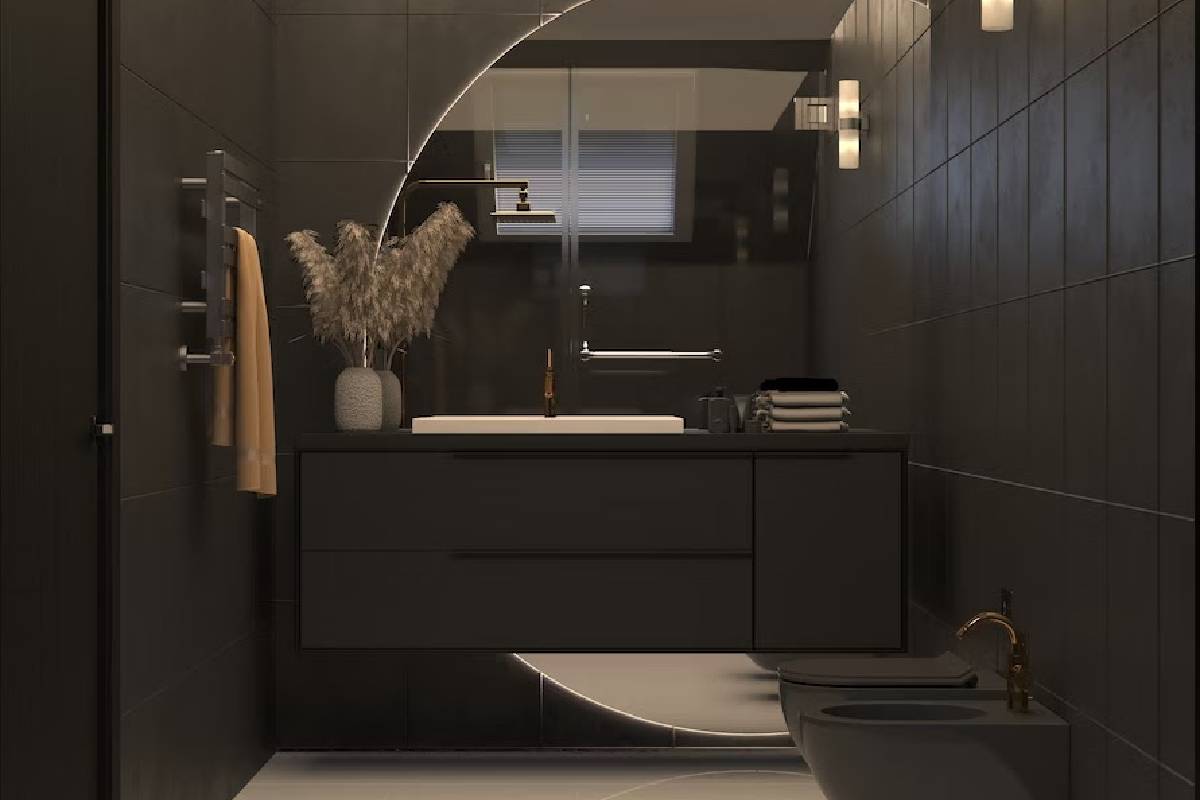Solid Surface vs Traditional Countertop Materials
When it comes to choosing the perfect countertop material for your kitchen or bathroom, there are numerous options available. Two popular choices that often come up in this discussion are solid surface and traditional countertop materials.
Table of Contents
Durability and Resilience
Solid surface materials are known for their excellent durability and resilience. Unlike traditional countertop materials, such as laminate or wood, solid surface materials are highly resistant to scratches, stains, and heat damage. This makes them ideal for high-traffic areas like kitchens and bathrooms, where spills and temperature fluctuations can often occur. With proper care, a solid surface countertop can maintain its beauty for many years to come.
Design Versatility
Solid surface materials offer an extensive range of design possibilities. With a wide array of colors, patterns, and finishes available, you can easily find a solid surface solution that complements any design style. Traditional countertop materials often have limited options and may not offer the same level of versatility. Additionally, solid surface materials can be seamlessly molded, allowing for integrated sinks, backsplashes, and custom edging, providing a cohesive and modern look to your space.
Maintenance and Hygiene
Maintaining solid surface countertops is a breeze compared to traditional materials. Solid surface materials are non-porous, which means they do not absorb liquids or harbor bacteria and germs. They can be easily cleaned with mild soap and water, making them incredibly hygienic for food preparation areas. On the other hand, traditional countertop materials may require more involved cleaning routines and may be prone to staining of bacterial growth.
Edge Banding for Seamless Integration
One of the standout features of solid surface materials is the ability to achieve seamless integration through edge banding. Solid surface manufacturers utilize edge banding, a process where a strip of solid surface material is applied to the edges of the countertop, resulting in a consistent and visually appealing finish. This not only enhances the aesthetics of the countertop, but it also prevents water, dirt, and other debris from accumulating in the gaps. Edge banding is a crucial aspect to consider when opting for a solid surface solution.
Environmental Considerations
In today’s eco-conscious world, sustainability is a significant factor to consider when choosing countertop materials. Solid surface materials are often made from a combination of natural minerals and acrylic resins, resulting in a product that is both durable and environmentally friendly. They can also be recycled and repurposed, reducing waste and minimizing the need for new raw materials. Traditional countertop materials may not offer the same level of sustainability and can have a larger environmental footprint.
Conclusion
Solid Surface vs Traditional Countertop Materials – When comparing solid surface and traditional countertop materials. It is evident that solid surface materials, offered by leading solid surface manufacturers. Ihave numerous advantages. From their durability and design versatility to their easy maintenance and environmental considerations, solid surface materials provide an excellent option for any kitchen or bathroom. Incorporating edge banding into your solid surface solution not only enhances the overall aesthetics. If but also ensures a seamless and functional countertop. With their numerous benefits, it’s no wonder that solid surface materials are gaining popularity in the world of countertops.

